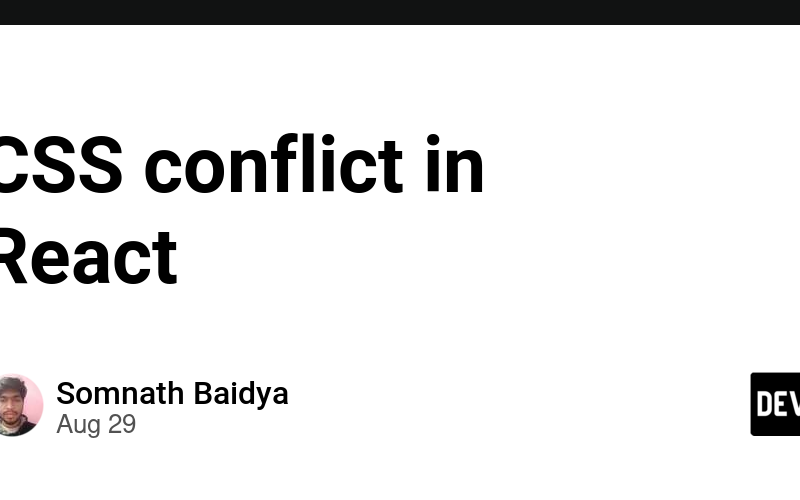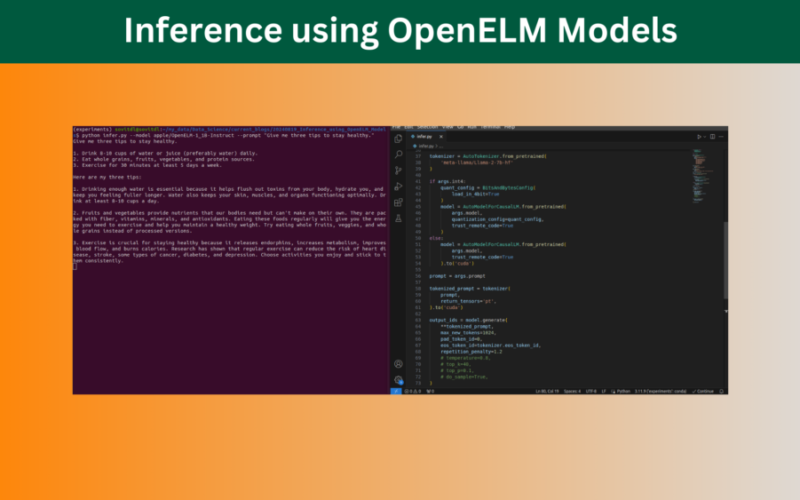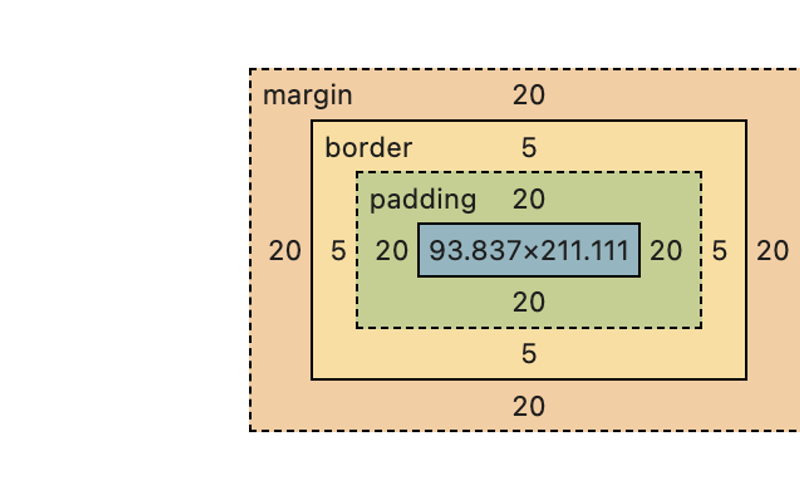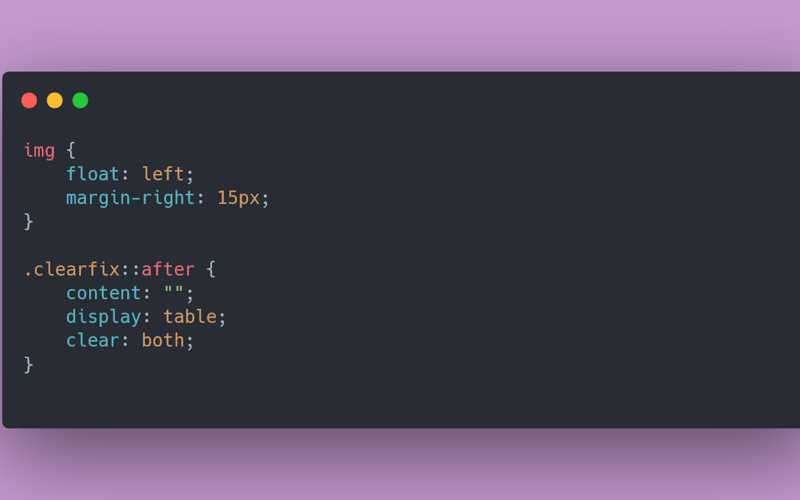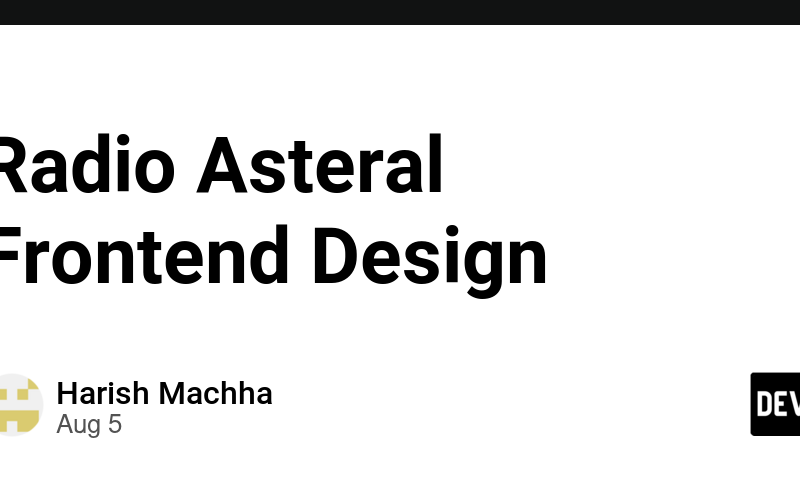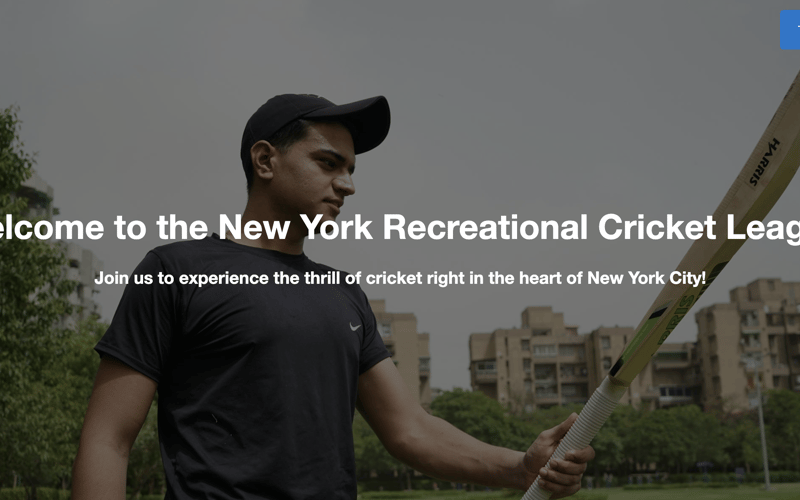29
Aug
UI is the first step before we start typing logic to complete our front end. So we write the markup followed by the essential styles required to get the desired ui. While writing the markup we have to create meaningful class names to address and access the HTML tag and add style to it. With simple UI and distinct tags we can do so more or less easily. While writing repeating and complex UI, giving meaningful and distinct names becomes a disaster as there are only a few generic names. So we create components and style sheets for individual components.…

